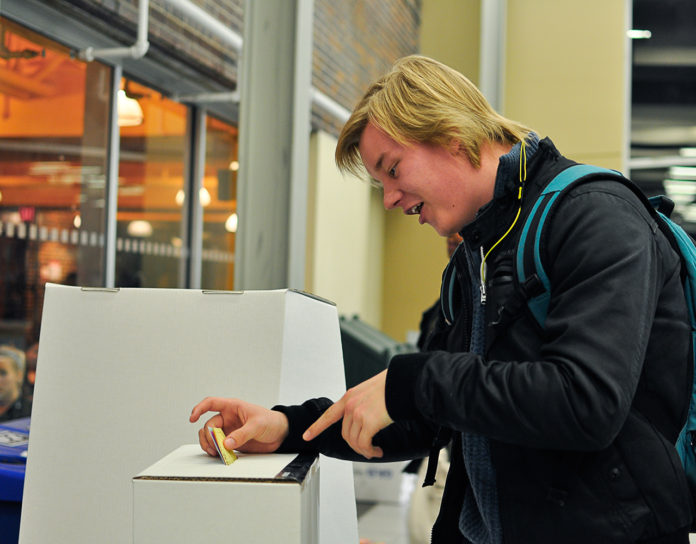As Canadian students head to the polls on Sept. 20 after classes have started, many will be away from their hometown ridings.
This year, Elections Canada will not facilitate the Vote on Campus program, which brought special polling stations to university campuses in 2015 and 2019. This program change coupled with the uncertainty of the COVID-19 pandemic makes voting options more limited for students.
The Charlatan broke down the options for students to vote in either their university riding or their hometown riding this federal election.
Voting in a campus riding
Students may vote for the riding where their campus residence or student apartment is located. They can vote during advanced polling, which takes place from Sept. 10 to Sept. 13 or on election day. Mail-in voting is also available for these students so long as a kit is requested before Sept. 14.
For those who want their in-person voting experience to be quick, registering to vote prior to showing up to a polling station is recommended. However, voters can also register when they show up at a polling location.
Voters will need to verify their identity with either one piece of photo ID with an address or one piece of ID with their name and address and a second ID with their name. Those without an ID can still vote if another voter assigned to the same station signs an affidavit confirming their identity.
Voting via a special ballot
A special ballot is used when a voter will not attend a polling station in their home riding during advanced voting or on election day. Special ballots can be completed by mail or in-person at an Elections Canada office.
Voters can apply for a special ballot kit online, by mail or in person at an Elections Canada office. Voters must request a special ballot by Sept. 14.
Requesting a ballot includes verifying the voter’s identity with either a piece of photo ID with a name and address or one piece of ID with their name alongside another piece of ID with an address. For those without an ID, an affidavit process is available.
Special ballots look different because voters need to write in their candidate’s name. If a ballot marks a party preference without the name of the candidate, it will not be counted. Elections Canada has a tool to find candidates in your home riding.
Voters can submit their ballot by mail or bring the envelope to an Elections Canada office.
Featured image from file.






